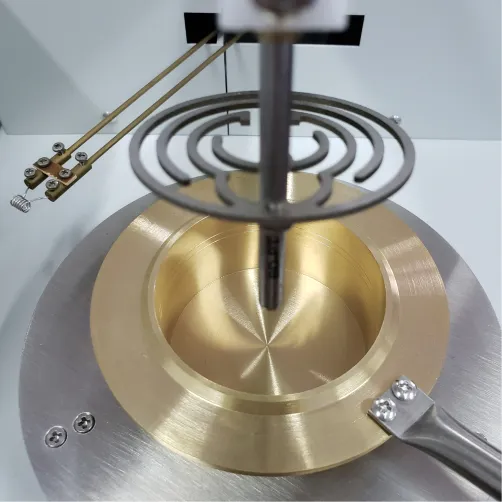 English
English


Understanding the Principles and Applications of Vacuum Distillation Units in Industry
Understanding Vacuum Distillation Units
Vacuum distillation is a refined separation technique widely used in the chemical and petrochemical industries to separate components of a mixture based on differences in their boiling points. The vacuum distillation unit (VDU) operates under reduced pressure, allowing for the distillation of heat-sensitive materials at lower temperatures. This process helps in avoiding the decomposition of sensitive compounds, maintaining product quality, and improving yield.
Principle of Vacuum Distillation
The fundamental principle behind vacuum distillation is the reduction of atmospheric pressure in the distillation unit, which lowers the boiling points of the components involved. When the pressure is decreased, the energy required for a substance to transition from liquid to vapor diminishes. As a result, materials that would normally decompose at high temperatures can be distilled safely. This makes the VDU particularly useful for separating heavier fractions of crude oil and producing high-quality fuels and chemicals.
Components of a Vacuum Distillation Unit
A typical vacuum distillation unit consists of several essential components
1. Feed Preheater The feed enters the VDU and is preheated to optimize the distillation process. The preheater raises the temperature of the feed using heat exchange methods, ensuring efficient separation within the distillation column.
2. Distillation Column This is the heart of the VDU. The column is filled with packing or trays that facilitate the separation of vapor and liquid phases. Inside the column, the feed is subjected to heat, causing the lighter fractions to vaporize and rise while the heavier fractions remain in liquid form and flow down.
vacuum distillation unit

3. Condenser As the vapor leaves the top of the distillation column, it passes into a condenser where it is cooled and condensed back into a liquid. This liquid, known as the overhead product, usually consists of more volatile components.
4. Reboiler Positioned at the bottom of the distillation column, the reboiler provides the necessary heat to maintain a continuous vapor flow upward through the column. It ensures that the column operates efficiently by promoting the necessary separation between the heavier and lighter fractions.
5. Vacuum System This system maintains the low-pressure environment within the distillation unit. It typically consists of vacuum pumps and associated equipment to ensure minimal air or moisture intrusion, thus preserving the integrity of the products being processed.
Applications of Vacuum Distillation Units
The applications of vacuum distillation are diverse and crucial for various industries. In the petroleum industry, VDUs are used to process vacuum distillates from crude oil, allowing the production of high-value products like gasoline, kerosene, and diesel. Additionally, vacuum distillation is employed in the production of fine chemicals, solvents, and food products, where it aids in separating heat-sensitive compounds without degradation.
Moreover, vacuum distillation units are essential in the recycling of solvents and other chemical processes where purity is paramount. They provide a cost-effective solution for recovering valuable materials, aligning with sustainability goals by reducing waste and minimizing environmental impact.
Conclusion
In summary, vacuum distillation units play a critical role in the efficient separation of components in various chemical processes. Their ability to operate under reduced pressure allows for the distillation of heat-sensitive materials, making them invaluable in industries such as petroleum refining and chemical manufacturing. As technology advances, VDUs continue to evolve, offering enhanced efficiency, safety, and product quality in the quest for sustainable industrial practices.
-
Differences between open cup flash point tester and closed cup flash point testerNewsOct.31,2024
-
The Reliable Load Tap ChangerNewsOct.23,2024
-
The Essential Guide to Hipot TestersNewsOct.23,2024
-
The Digital Insulation TesterNewsOct.23,2024
-
The Best Earth Loop Impedance Tester for SaleNewsOct.23,2024
-
Tan Delta Tester--The Essential Tool for Electrical Insulation TestingNewsOct.23,2024





